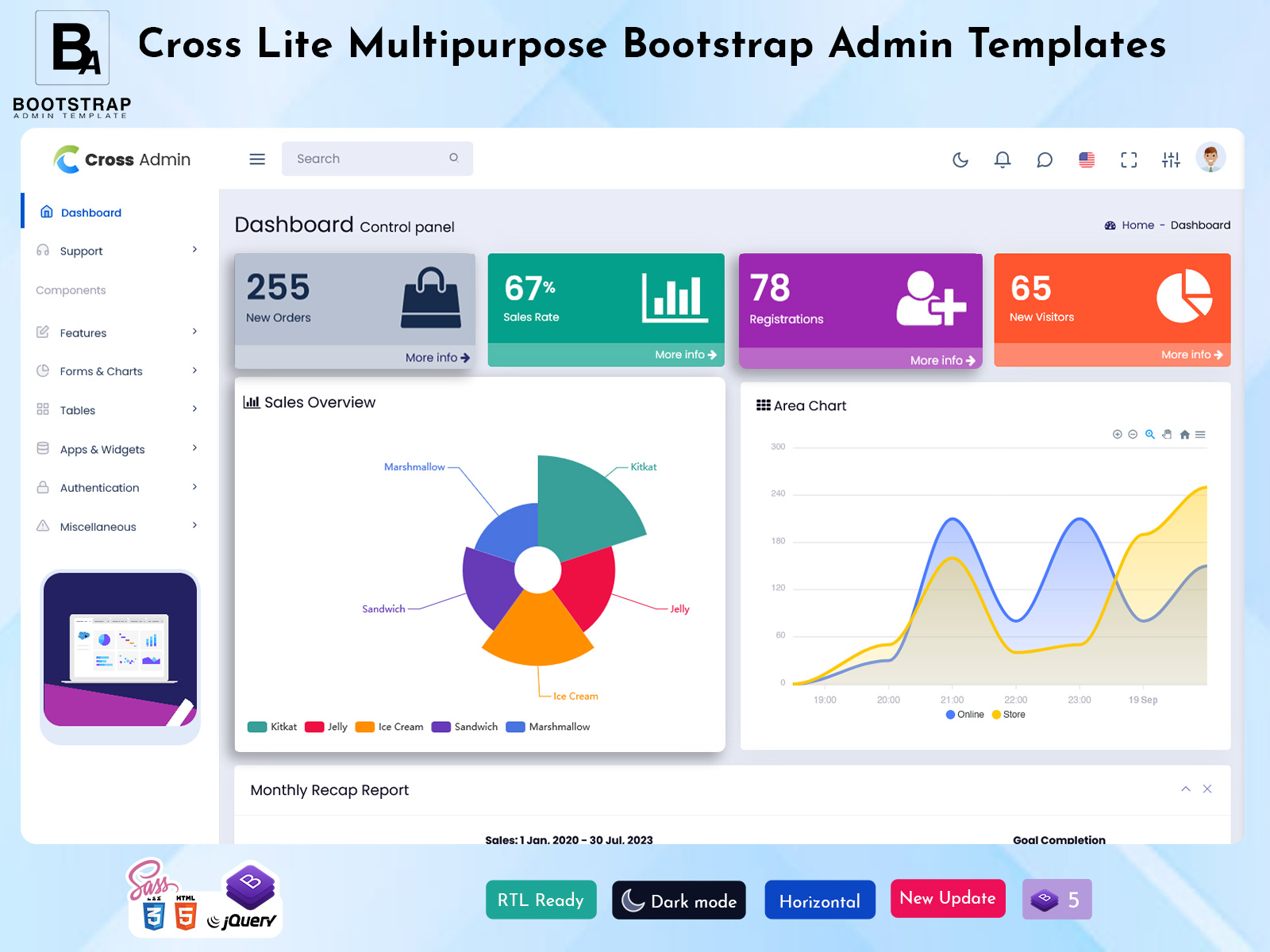
Unlock Your Business Potential with an Admin Template
An Admin Template is a visual tool that consolidates key sales metrics in one place, allowing businesses to track performance in real time. It features important data like new orders, sales rates, and site traffic, helping teams make informed decisions. By providing a clear overview of sales activities, it enhances accountability and drives growth.
BUY NOW
Cross Admin
What is a Sales Dashboard?
A sales dashboard is an admin that displays important sales information all in one place. It helps businesses track key data’s related to their sales activities. Typical features of a sales dashboard include:
– New Orders: This shows the number of orders placed during a specific period.
– Sales Rate: This indicates the percentage of sales made compared to the total number of visitors to your site.
– Registrations: This tracks how many new customers have signed up.
– New Visitors: This counts the unique visitors to your website or platform.
– Sales Overview: This gives a general summary of sales figures and trends.
– Area Chart: A visual representation that shows changes in sales over time.
– Monthly Recap Report: A summary that highlights the key sales activities for the month.
– Total Income: This shows the overall income generated during a specific period.
– Site Traffic: This tracks how many people are visiting your site and where they are coming from.
– Monthly Income: A breakdown of income earned each month.
By consolidating this information, an Admin Template provides a clear view of how the business is performing.
Dashboard of Cross Admin
Dashboard – 1
MORE INFO / BUY NOW DEMO
Dashboard – 2
MORE INFO / BUY NOW DEMO
Dashboard – 3
MORE INFO / BUY NOW DEMO
Dashboard – 4
MORE INFO / BUY NOW DEMO
Why Use an Admin Template?
Using a sales dashboard is essential for several reasons:
-
Real-Time Data Tracking
Sales dashboards provide real-time data, allowing you to see how your sales are performing at any given moment. This instant access to information helps businesses respond quickly to changes in the market or customer behavior.
-
Data Consolidation
Instead of digging through multiple reports and spreadsheets, a sales dashboard brings all your important metrics together in one place. This saves time and helps reduce errors that can happen when transferring data from one source to another.
-
Better Decision-Making
Having all key metrics at your fingertips enables you to make informed decisions. Whether it’s adjusting pricing, launching a new product, or planning marketing campaigns, accurate data helps you choose the best course of action.
Benefits of Using a Bootstrap Admin Template
The advantages of using a Bootstrap Admin Template go beyond just tracking sales. Here are some key benefits:
-
Improved Visibility
A sales dashboard provides a clear view of how the business is performing. You can easily see where you stand with your sales goals, which helps you focus on what needs attention.
-
Performance Monitoring
With a sales dashboard, you can track your sales over time. By analyzing trends and patterns in your data, you can identify areas for improvement and set actionable goals. For example, if you notice a drop in sales, you can investigate why it happened and make necessary adjustments.
-
Increased Accountability
When team members have access to their performance data, it fosters a sense of accountability. Everyone can see how their efforts contribute to the overall success of the business, encouraging them to take ownership of their responsibilities.
-
Customizable Insights
Many sales dashboards allow you to customize what information you want to see. You can focus on metrics that matter most to your business, whether it’s sales by region, customer demographics, or specific product performance.
-
Better Collaboration
Sales dashboards can be shared across teams, promoting collaboration and communication. When everyone has access to the same data, it becomes easier to discuss strategies and align efforts toward common goals.
Who Can Use a Admin Template?
A sales dashboard is useful for various roles within a business:
-
Sales Teams
Sales professionals can track their performance, monitor leads, and assess their conversion rates. This information helps them prioritize their efforts and improve their sales techniques.
-
Marketing Teams
Marketing teams can analyze the effectiveness of their campaigns by looking at new visitor registrations and site traffic. This data helps them refine their strategies and better target their audience.
-
Management and Executives
Leaders use sales dashboards for high-level overviews of business performance. They can quickly assess whether the organization is meeting its sales goals and make strategic decisions based on real-time data.
-
Finance Teams
Finance professionals can track total income and monthly revenue, which is crucial for budgeting and forecasting. This helps organizations maintain financial health and plan for the future.
-
Customer Support Teams
Customer support teams can benefit from sales dashboards by understanding customer behavior and purchase patterns. This insight allows them to provide better service and address customer needs more effectively.
How to Get Started with a Sales Dashboard
If you’re considering implementing a Dashboard Template, here are some steps to get started:
-
Identify Key Metrics
Think about what information is most important for your business. What metrics do you need to track? These could include sales figures, new customer registrations, or site traffic.
-
Choose the Right Tool
There are many sales dashboard tools available. Look for one that offers the features you need and is user-friendly. Some popular options include Tableau, Google Data Studio, and Microsoft Power BI.
-
Customize Your Dashboard
Once you have selected a tool, customize your dashboard to display the metrics you identified earlier. Arrange the information in a way that makes sense for your team.
-
Train Your Team
Make sure your team knows how to use the dashboard effectively. Provide training or resources to help them understand how to interpret the data.
-
Review and Adjust
Regularly review the data in your sales dashboard. Look for trends and patterns, and be ready to make adjustments based on what you see. This ongoing analysis will help you stay on top of your sales performance.
Conclusion
A sales dashboard is a powerful tool that helps businesses understand their sales performance in real time. It consolidates important data, allowing for better decision-making and improved visibility into business operations. By utilizing a sales dashboard, organizations can monitor performance, increase accountability, and drive growth.
If you haven’t started using a sales dashboard yet, consider implementing one today. With the right data at your fingertips, you’ll be better equipped to make informed decisions and achieve your sales goals. Embrace the power of data and watch your business thrive!

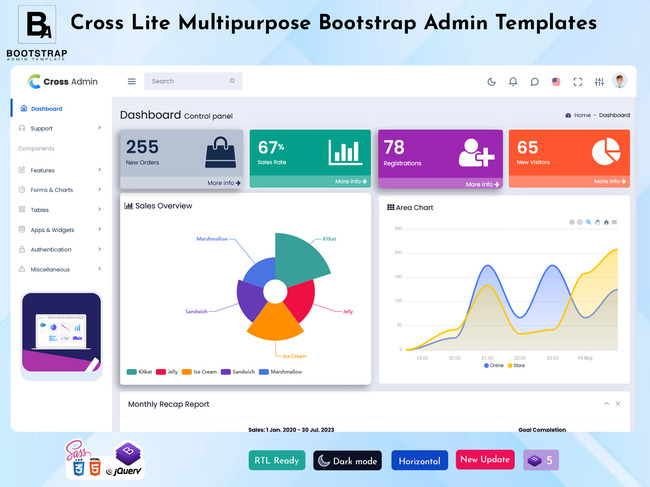
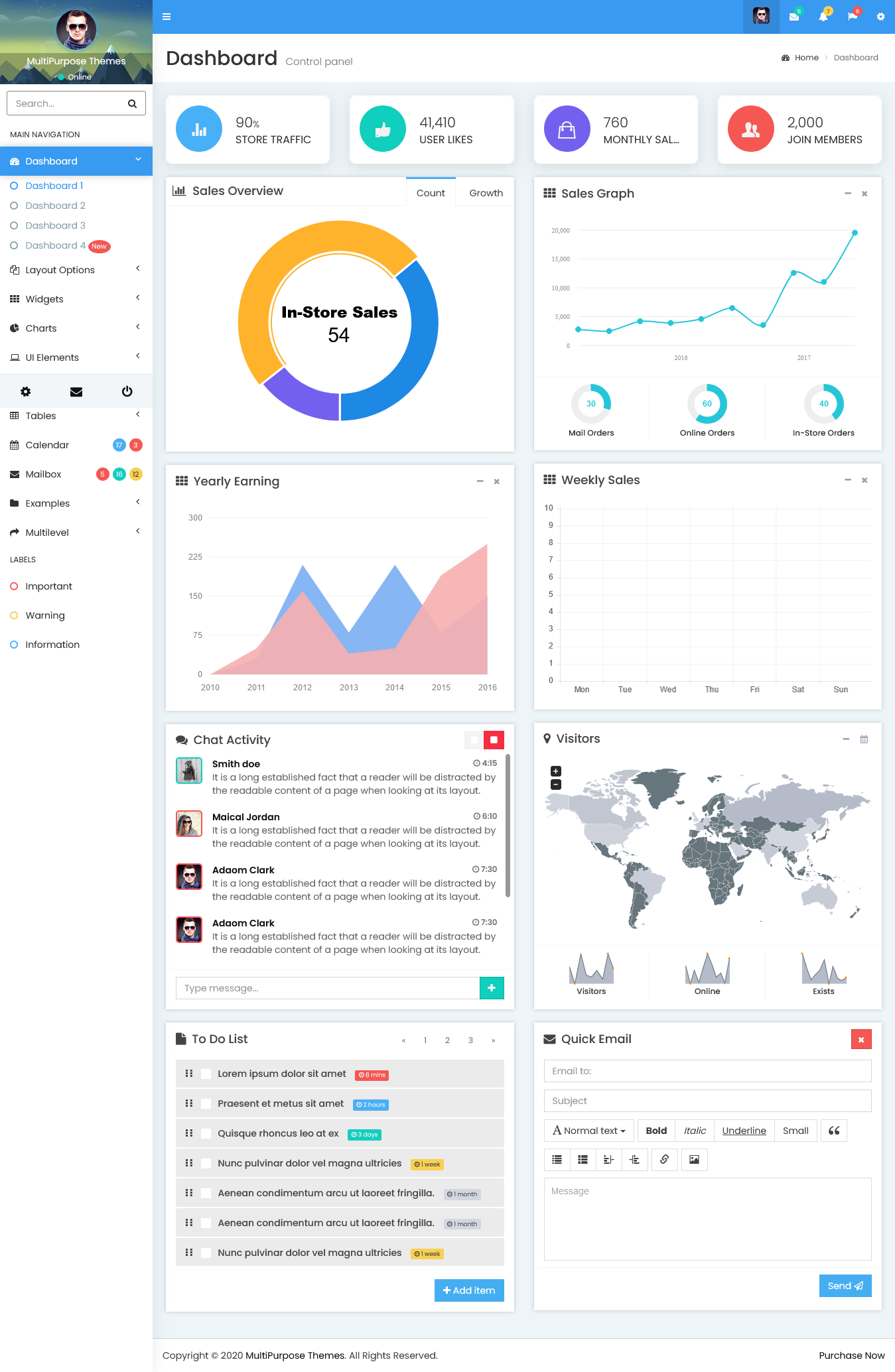
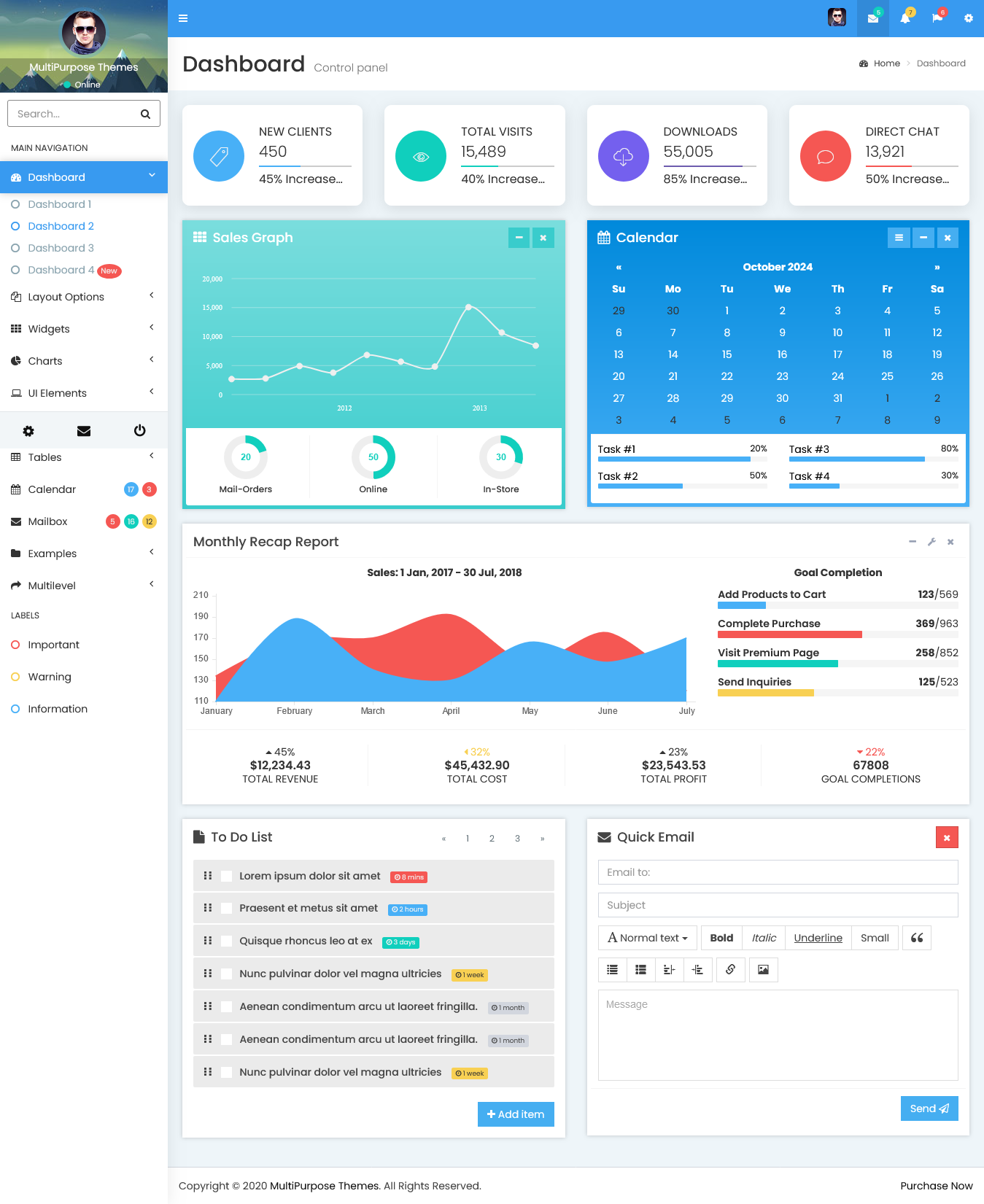
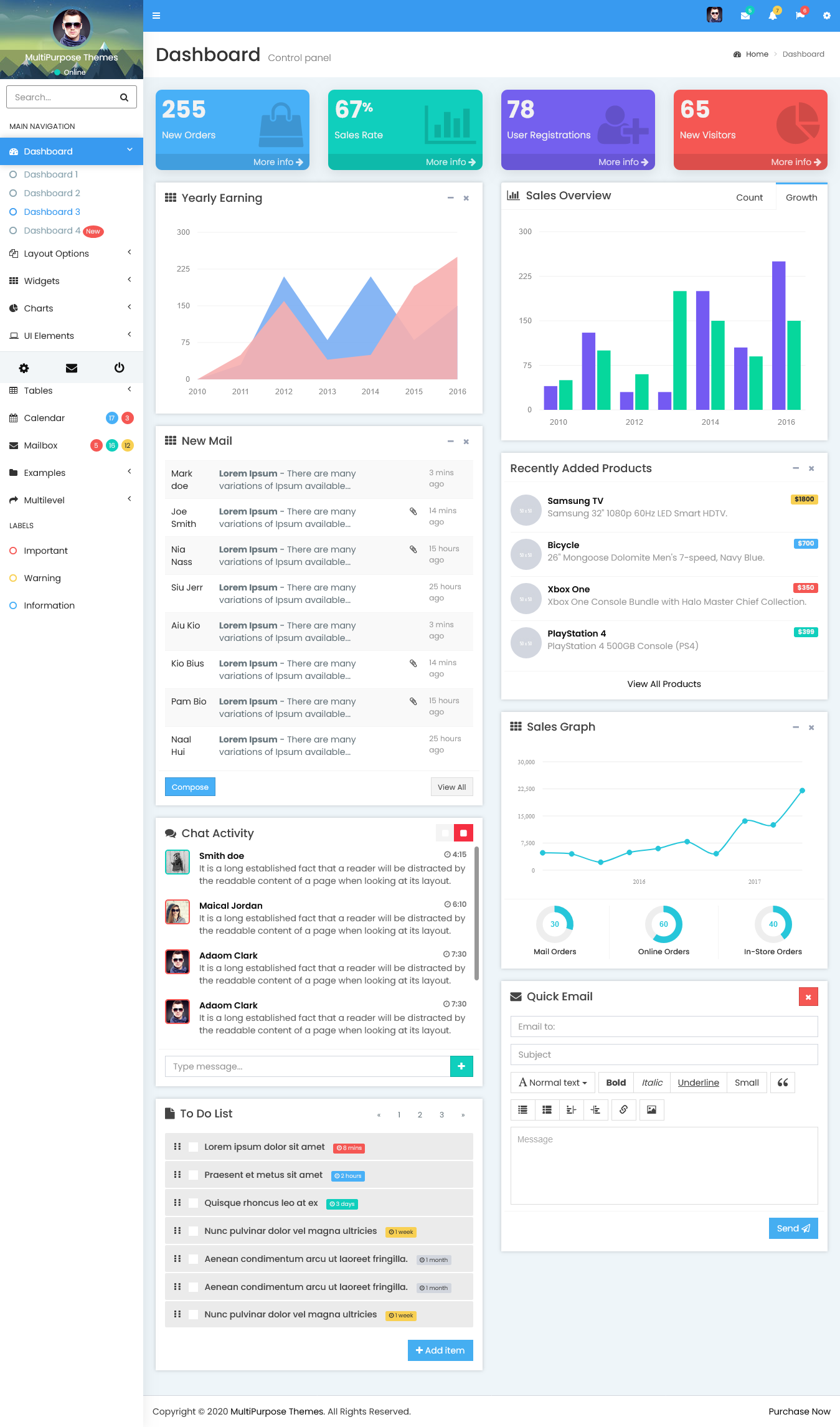
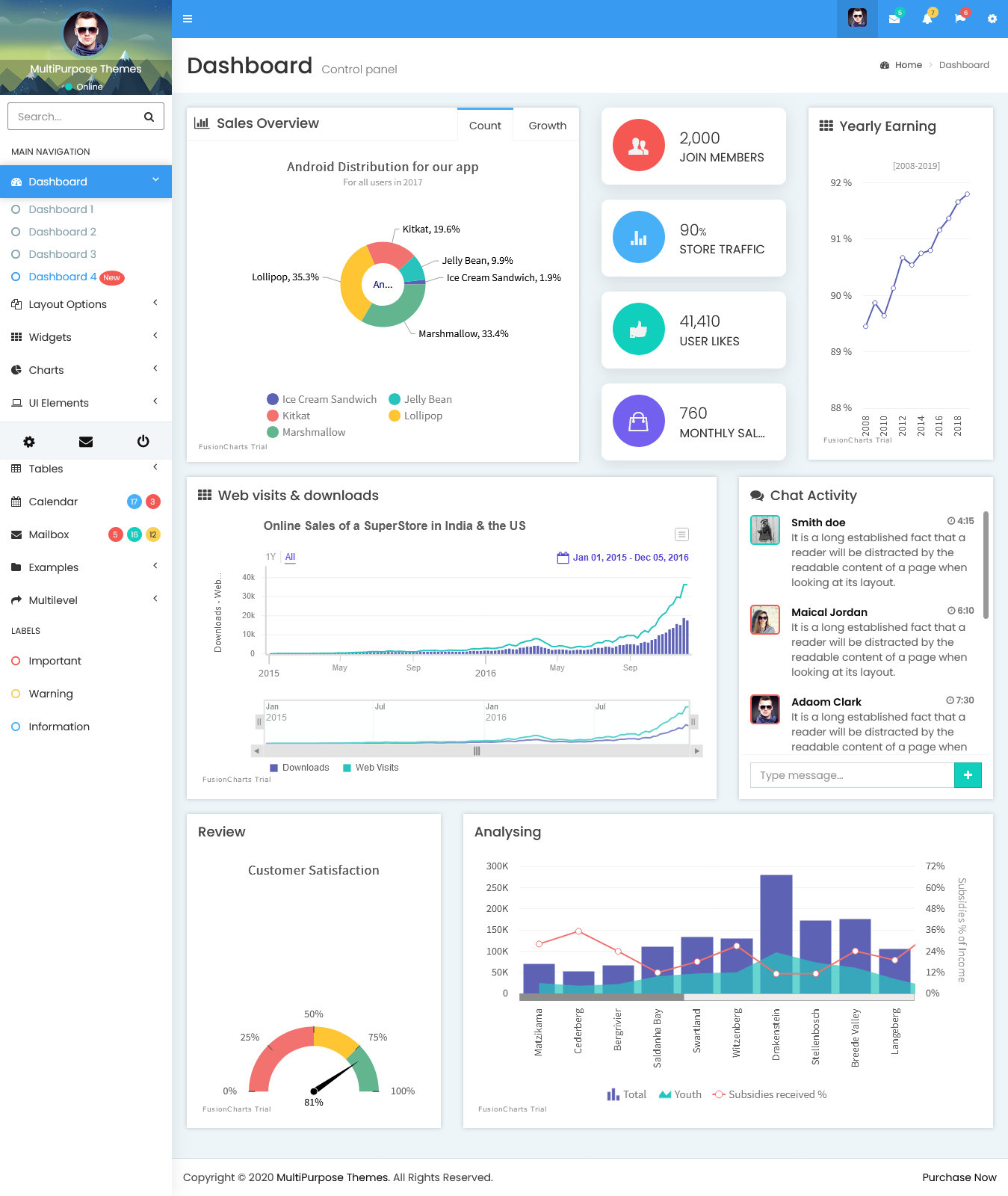

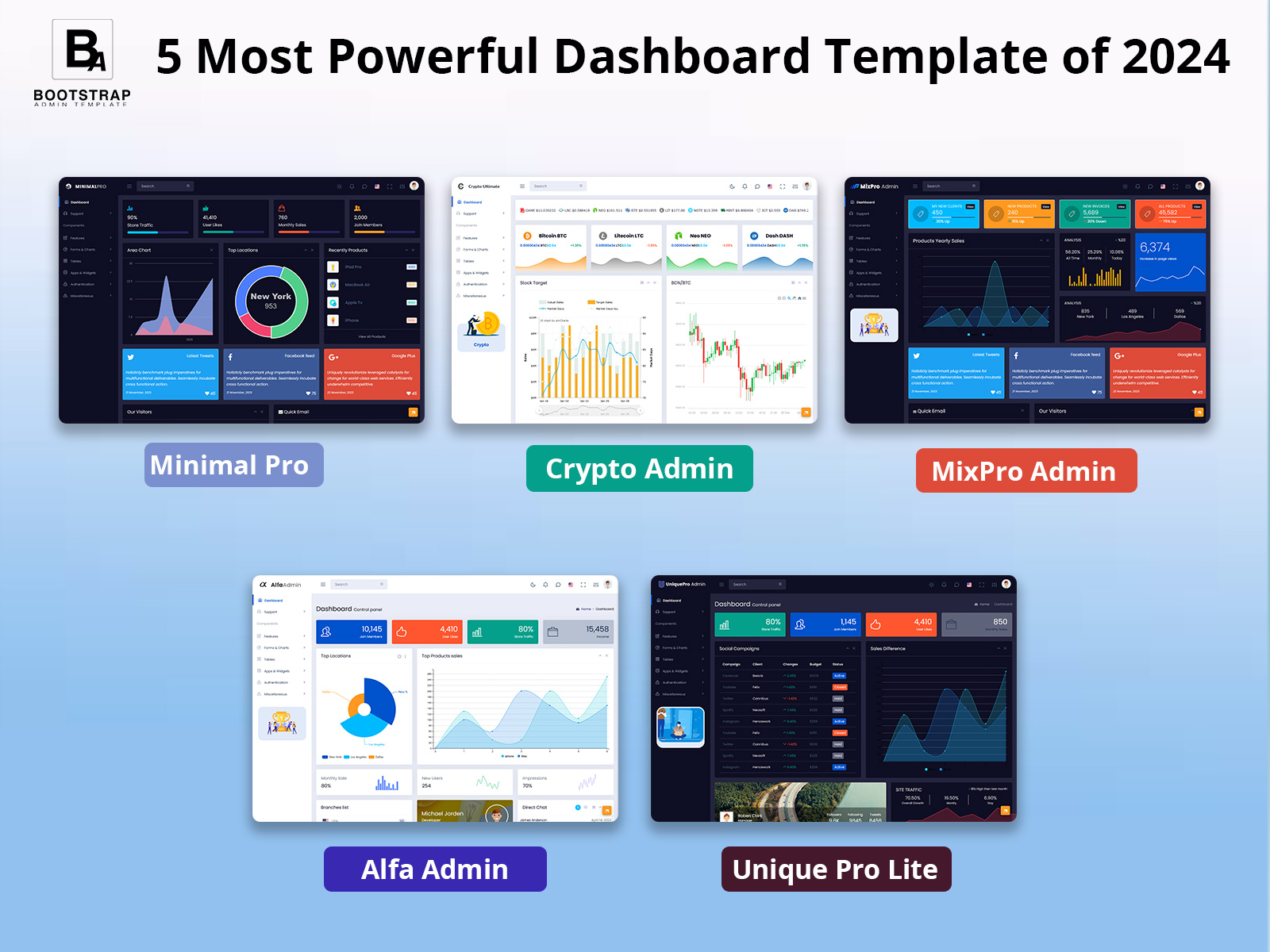
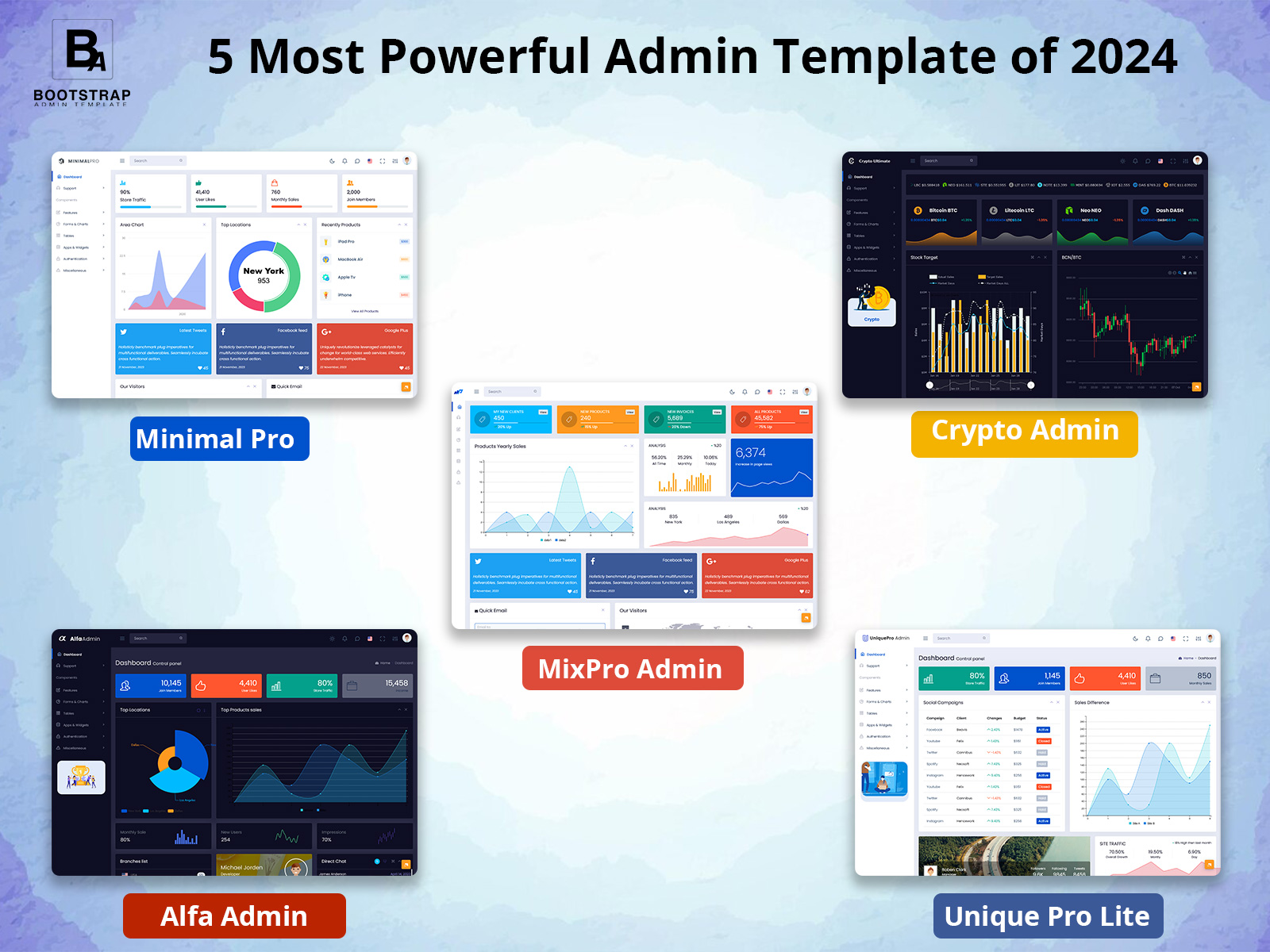
This admin template is exactly what I needed! It’s easy to use and looks great. All the data is in one place, making it simple to keep track of everything. I highly recommend it!
The dashboard template is clean and professional. It shows me everything I need to know, like sales, users, and orders, all in one place. It’s helped me manage my business much better!
The bootstrap admin template is super easy to use, and I love how I can change the colors and layout to match my brand. It’s helped me organize my business data and keep things running smoothly.
This dashboard template is a game-changer for my small business. I can see all my sales, users, and website traffic in one place. The mobile-friendly design is a huge bonus too!
I’ve tried many admin templates, but this one is the best. It organizes all my data neatly, and it’s easy to generate reports. Exactly what I needed to manage my business.
I’m not very tech-savvy, but setting up this admin template was so easy. The instructions were clear, and it was ready to use quickly. It’s made managing my website much easier.
If you need a dashboard template to track important business numbers, this is perfect. It shows everything clearly, so I can make smart decisions for my business.
This bootstrap admin template works perfectly for my online store. I can track orders, sales, and customer activity all in one place. It saves me so much time!
I love how simple and clean the design is. There’s no clutter, and everything I need is easy to find. Admin template works great on both desktop and mobile. Definitely worth the price!
If you work with a team and rely on data, this bootstrap admin template is perfect. It makes tracking and analyzing data super easy.